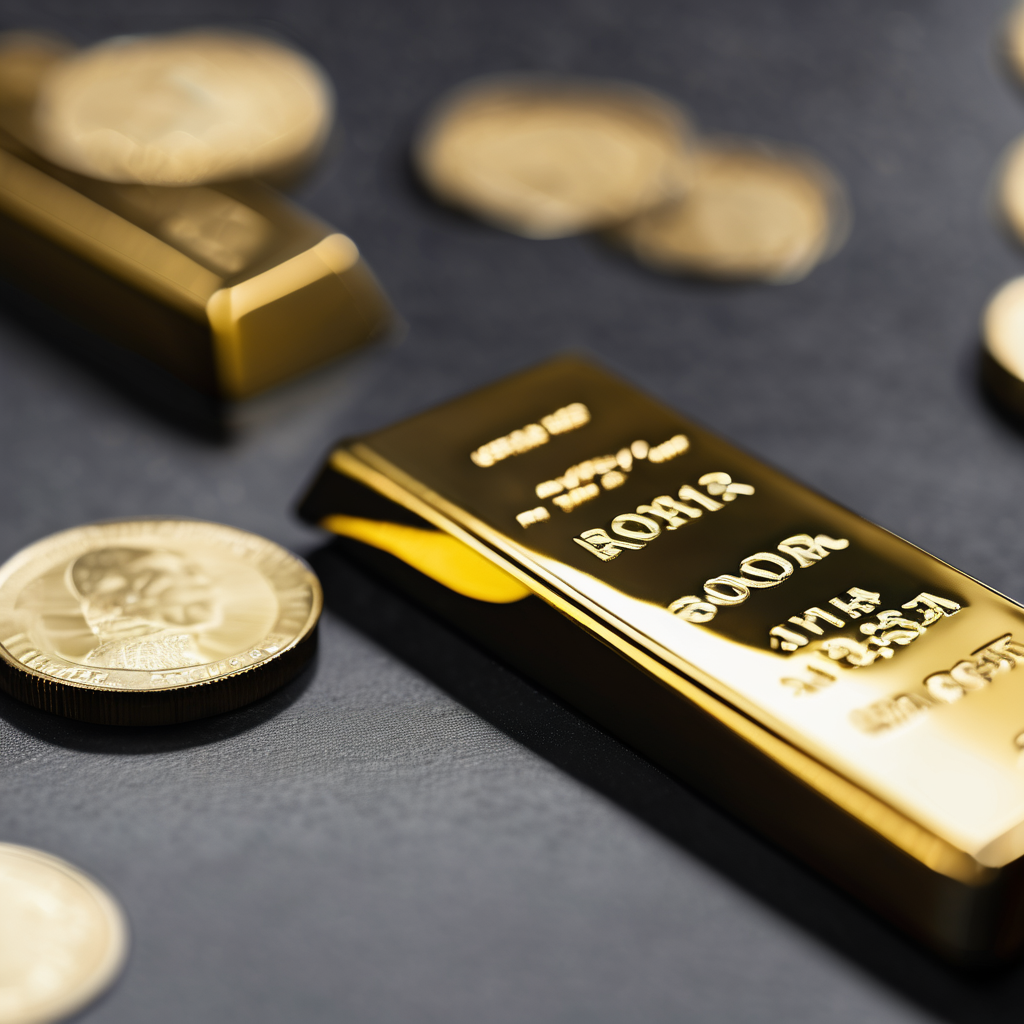In a climate marked by rising prices and geopolitical unrest, investors are increasingly turning to gold as a reliable refuge. Last week, gold prices surged to a historic high of $4,000 per ounce, reflecting a growing trend fueled by turbulence in global markets and a depreciating U.S. dollar. This year’s spike has been the most significant for gold since 1979, a period of considerable economic instability that ultimately led to recession.
The connection between gold prices and inflationary pressures is well-documented, with past surges in gold often aligning with periods of heightened geopolitical tension and economic uncertainty. Historical precedents, such as the inflation crisis in the late 70s and the aftermath of the 2008 financial crash, illustrate how investors flocked to gold as a means of preserving their wealth amid institutional mistrust.
Gold is regarded as a safe-haven asset because its value is not dependent on any government currency. While it may not be feasible for the average consumer to begin hoarding gold, its enduring allure as a portfolio diversifier is reinforced by concerns over current monetary policies. Investors known as “goldbugs” often express skepticism toward contemporary economic frameworks, positioning gold as a hedge against systemic failures of institutions.
This year’s boom in gold began following Russia’s invasion of Ukraine, which triggered severe sanctions against the Russian central bank and highlighted the vulnerabilities of financial systems. Central banks in emerging markets have increasingly recognized gold as an essential asset for stability, driven by fears of the unpredictability in U.S. policies and threats to financial autonomy.
The current market dynamic also reflects a divergence in investor sentiment, with the S&P 500 index hitting all-time highs at the same time as gold prices soar. This phenomenon illustrates a bifurcated market where optimistic investors lean toward equities while those with a more pessimistic outlook gravitate towards gold.
The growing national debt and inflationary concerns have led to what some financial analysts refer to as the “Debasement Trade,” where investors are moving capital away from the weakening dollar and into tangible assets like gold and bitcoin. The uncertainty surrounding fiscal policy and central bank governance is further propelling gold’s rise.
Amid this tumultuous backdrop, investing in gold signifies not just a protective measure against uncertainty but also a return to traditional values in an age driven by emerging technologies and economic innovations. While some see potential growth in modern industries, others find comfort in the stability that gold has historically offered, standing as a testament to the enduring human desire for security in uncertain times.
